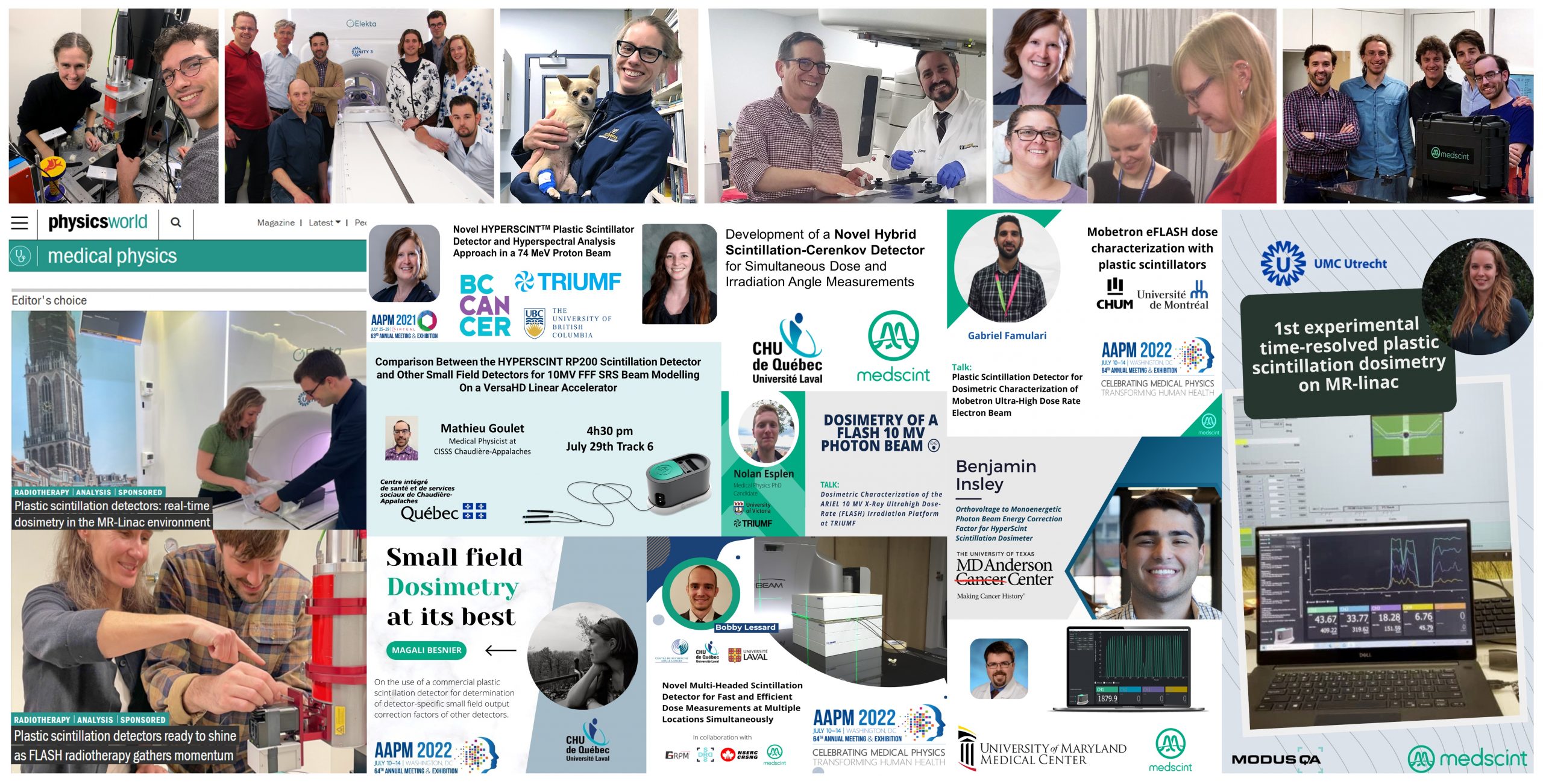M-TAG: A Modular Teaching-Aid for Geant4
The article introduces M-TAG, a Geant4-based simulation tool for various physics applications, comparing it with similar tools like GATE, TOPAS, and GAMOS. M-TAG was employed to model and validate the HYPERSCINT detector’s performance. Additionally, it was used as an educational tool to teach a new user how to simulate and test the Hyperscint detector using Geant4.
